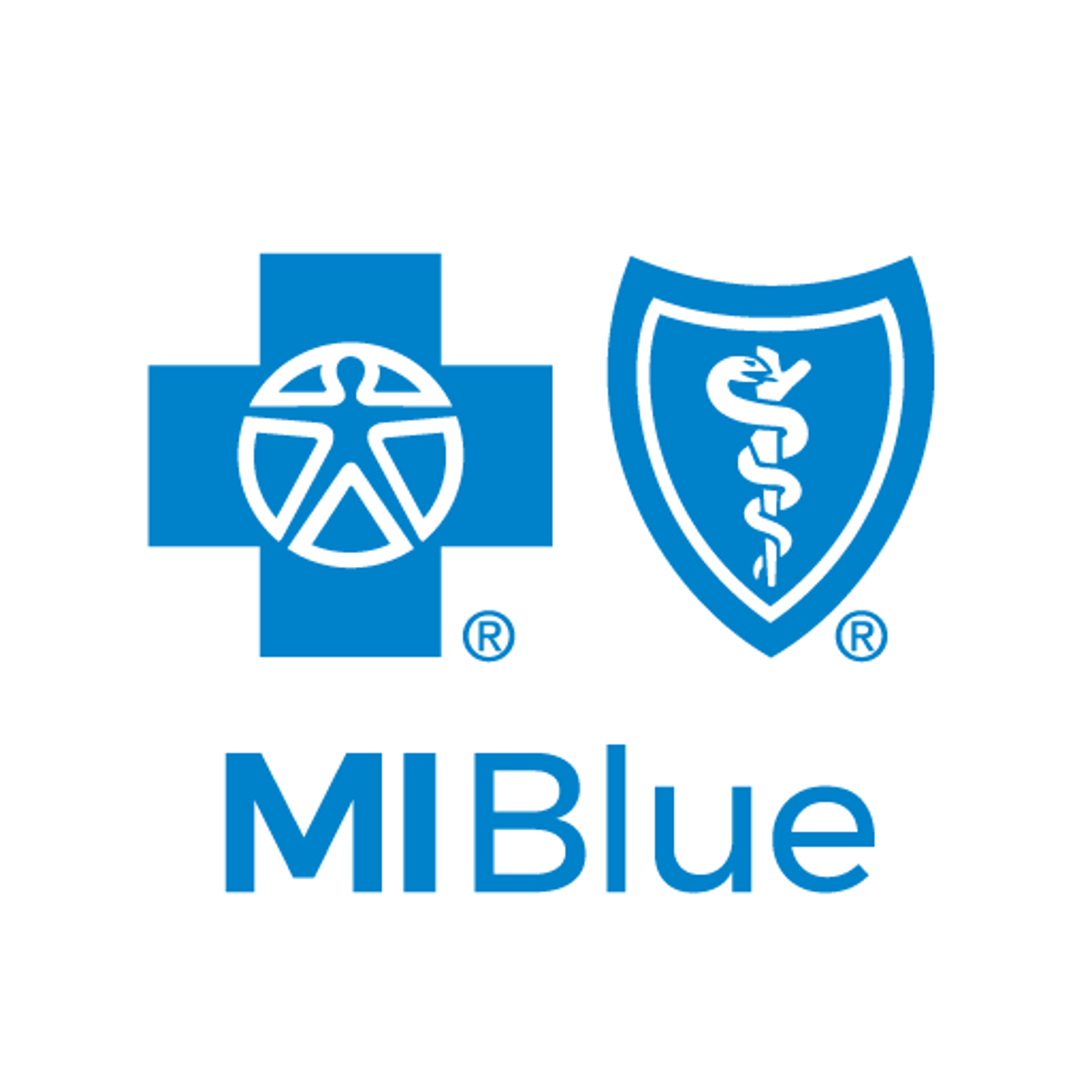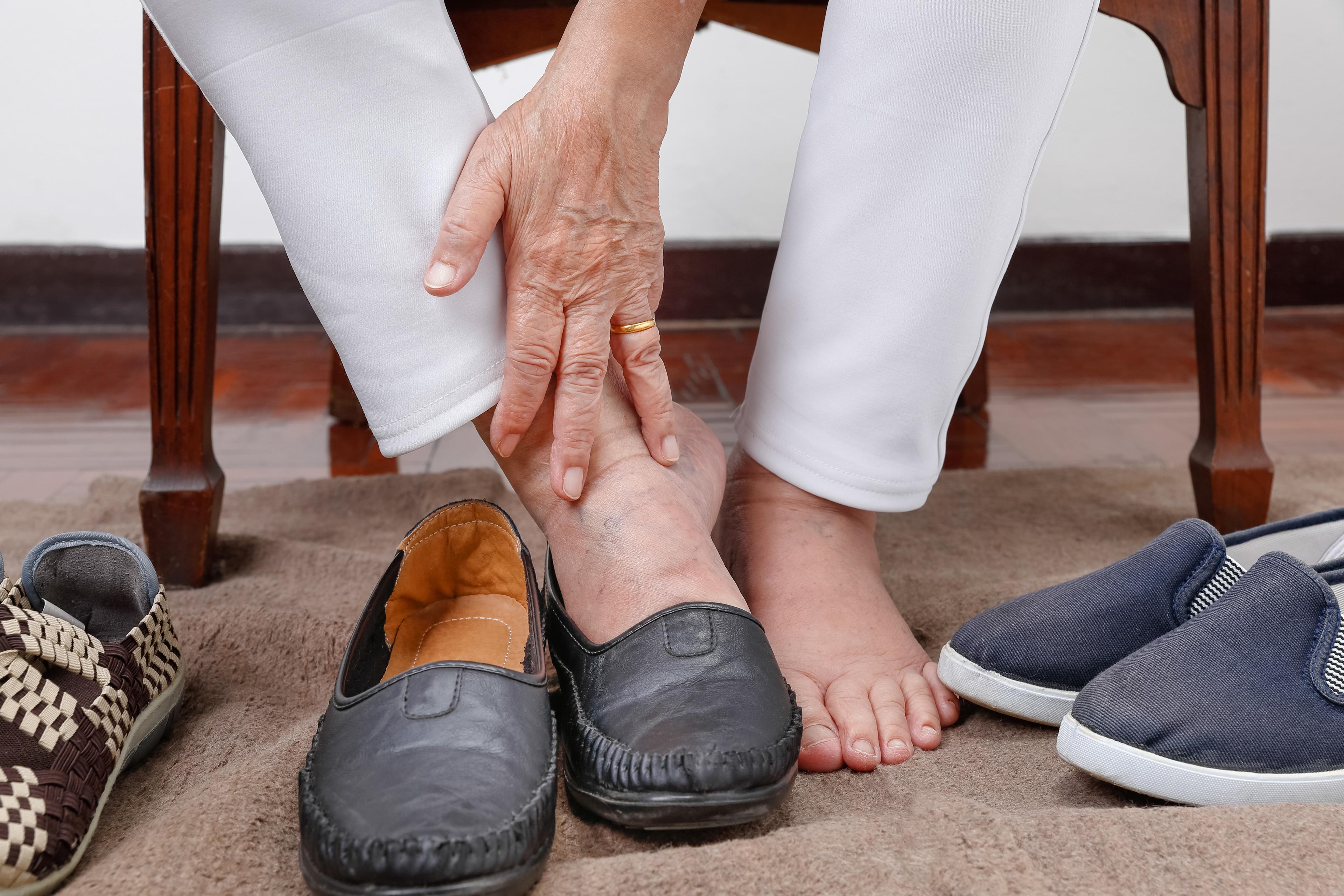Opioids and Alcohol: How to Prevent Accidental Overdose

Blues Perspectives
| 3 min read

After a dip in prescription opioid-related deaths between 2017 and 2019, the reported death total jumped to 16,416 in 2020 and 16,706 in 2021.
Although most deaths are caused by drugs sold on the streets, prescription pills readily available within homes and pharmacies are the main entryway into opioid addiction. You’re likely familiar with the most commonly-used prescription opioids: hydrocodone (Vicodin®), oxycodone (OxyContin®), morphine and fentanyl.
When taking these medications, there are precautions available to protect yourself and your loved ones from a potential overdose.
Avoid other depressants, whether prescribed or recreational: People who consume alcohol or other sedatives, like benzodiazepines (including drugs like lorazepam and diazepam) or muscle relaxers, and use opioids are at greater risk of overdose and death. This is due to the depressive properties of alcohol and these other drugs on the central nervous system and respiratory system. The U.S. Food and Drug Administration recommends that doctors refrain from prescribing opioids to patients who already use substances that suppress the central nervous system. If you are already taking depressants, it is important to talk to your doctor about non-opioid or non-pharmacologic options.
Avoid excessive alcohol use Alcohol is involved in more than 22% of deaths caused by opioid pain relievers and 18% of emergency department visits related to prescription opioids in the United States. Alcohol screening and brief intervention (ASBI) can be administered by your doctor before starting any medication classified as a depressant. ASBI consists of multiple steps to evaluate the patient and their alcohol intake. Screening questions will not only assess drinking patterns, but will also provide patients with face-to-face feedback about the risks associated with certain behaviors. Doctors who conduct ASBI may also be able to provide options for future behavior and a healthier plan for future intake. Taking this step in your pain management plan will greatly reduce the risk of death or injury from opioid prescription use.
Only take the prescribed amount set by your doctor Your doctor is an excellent resource for setting pain management goals and assessing your intake of depressants. Taking more of your medication than suggested could cause expensive and avoidable health complications. It is important to communicate with your doctor if you are experiencing any symptoms or discomfort when taking the medications prescribed.
Recognize the symptoms of opioid overdose When a person overdoses on opioids, they may experience symptoms such as unconsciousness, shallow breathing and pinpoint pupils. If you recognize the signs of an overdose, you should always call 911 and seek immediate help. To avoid stolen or misused opioids, do not sell or share your medications. Make sure your medications are not only safely stored but secured from children, other people living in your home and visitors. Proper disposal of unused medications is vital to having safe homes. The more informed you are about opioids and alternative pain management routes, the better decisions you can make regarding your treatment and health. You should always consult your doctor before making any changes to your treatment or opioid intake.
Want to learn more about the opioid epidemic? Read more here:
- How to Get a Narcan Kit in Michigan
- Beware the Dangers of Keeping Unused Prescriptions
- The Safe Way to Take Prescription Opioid Pain Medications
Photo credit: Getty Images





